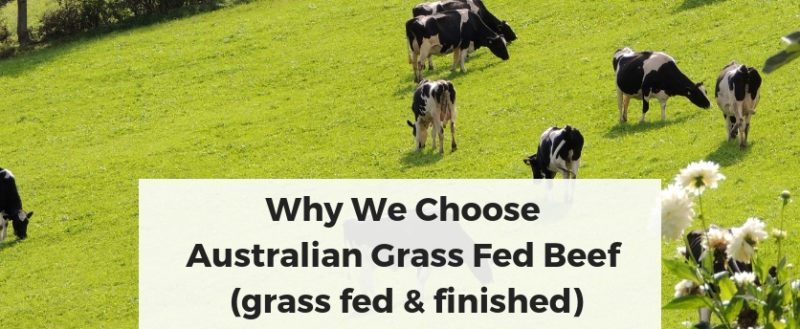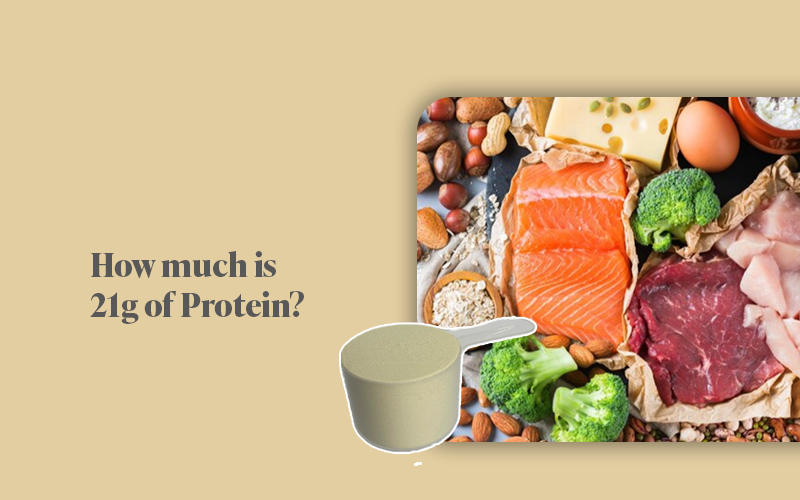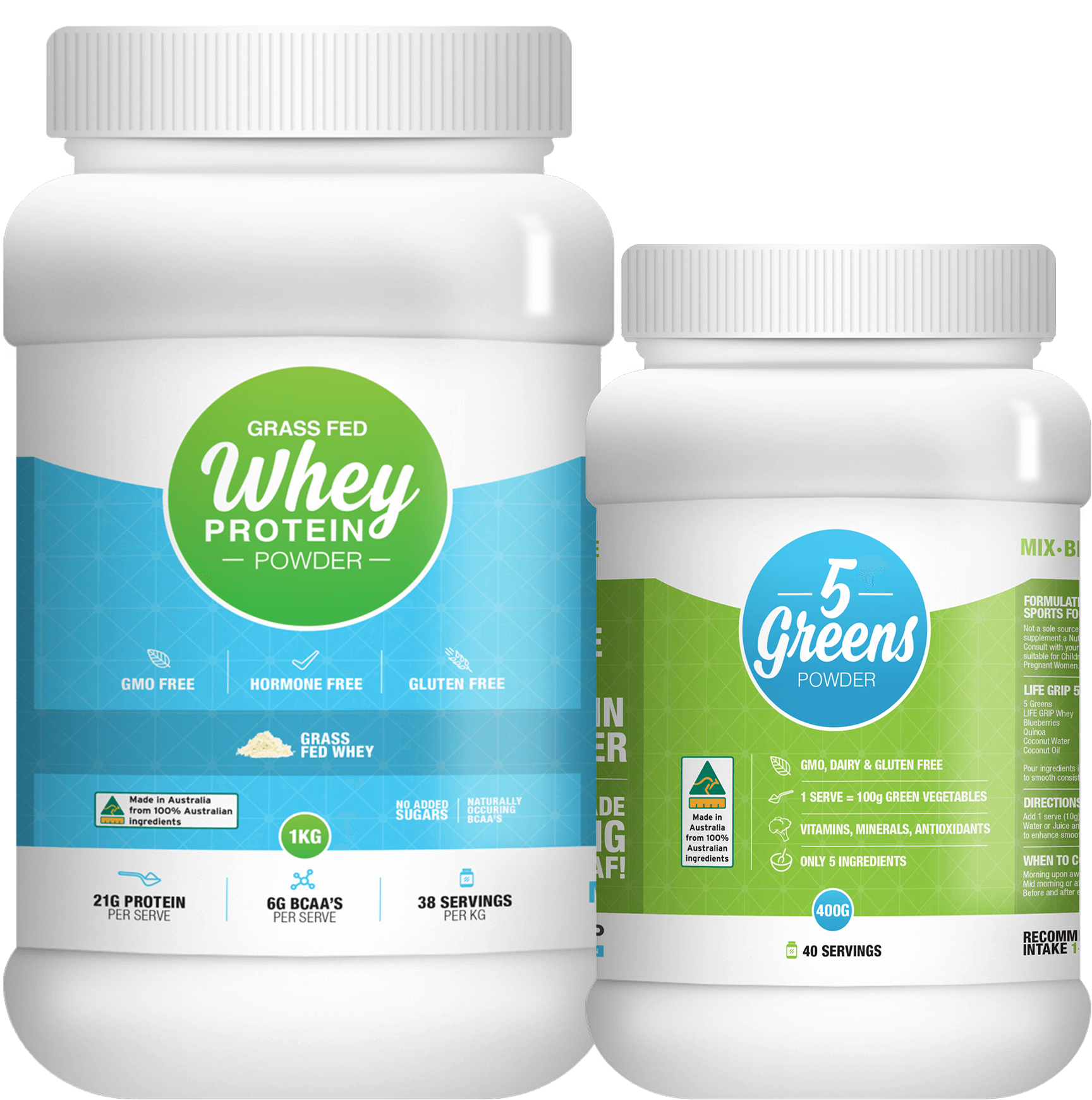
Why We Choose Australian Grass Fed Beef (grass fed & finished)
Grain Fed Cattle Should Eat Grass
Cattle are not designed to be confined in feedlots and fed primarily grains or wheat barley for that matter. They evolved to eat grass - their digestive systems are designed to convert fresh grass to energy needed for cell growth, development, and function. Australian cattle fed and finished on a grain-based diet can suffer from issues like acidosis, feedlot bloat (the accumulation of gasses in the rumen), and liver abscesses.
No Animal Should Have to Endure Feedlot Conditions
Some Australian Beef Cattle are housed in unnatural, close conditions, prophylactic antibiotics are often used to prevent the spread of disease and infection.
To encourage fast growth, growth-promoting hormones are also sometimes given to animals finished in feedlots. Hormones and antibiotics should not be part of the normal regime for animals intended for consumption - whether by people or our dogs. The overuse of antibiotics in animals destined for food have been linked to the increased prevalence of antibiotic-resistant superbugs.

Pasture-fed cattle that are 100% grass-fed and raised according to Australian organic standards (different to Meat Standards Australia) don’t receive prophylactic antibiotics and are hormone-free. They eat grass and spend most of their time outside with appropriate shelter from the weather. From an animal welfare perspective, there is no comparison between certified organic cattle and cattle raised in crowded feedlot conditions and fed an unnatural, high-carbohydrate grain-based diet.
Fundamental Nutritional Differences Between Grass-fed and Grain-fed Beef
It should come as no surprise that the beef produced from organically raised cattle that eat primarily grass is nutritionally different to that from grain-fed animals. Grass-fed beef contains about double the amount of conjugated linoleic acid (CLA) as grain-fed beef. CLA is thought to play a role in healthy weight maintenance. Grass-fed beef can contain up to five times the levels of Omega-3 fatty acids. Omega 3s play a role in maintaining blood pressure and improving heart health. Grass-fed beef also contains less monounsaturated fat than beef from cattle that are grain fed and finished.

Our dogs are at our sides through thick and thin, providing companionship, protection, and sometimes lifesaving services. In return, we take on full responsibility for their care and here at Rawmate, we believe that dogs deserve better, in fact, the very best when it comes to their food. That’s why we made the decision to use organic, grass-fed beef in our tailored raw dog food meals.
Whether we consider animal welfare or nutritional benefits (or both), it makes perfect sense to us at Rawmate to use only organically-raised, grass-fed beef in our naturally raw pet dinners.
Grass fed cattle in Australia is the gold standard, which is why the Rawmate team choose Life Grip’s Australian Grass Fed Whey Protein as a cornerstone for our own nutrition so that we can get on with the business of disrupting a stale industry.
As humans we have a choice. For our dogs we make the choice for them. Between Rawmate and Life Grip we know we are making an informed decision to provide ourselves and our dogs with the best, cleanest, ethically sourced products that exist.
A huge thank you to Adam at Life Grip for this guest blog opportunity. The team
here on our end love your products almost as much as we love our dogs :)
MJ
Founder
Rawmate
Healthier Dog Food. Delivered!
about us
Our focus goes into the products we pro- duce in order to increase your quality of life. While other companies are focused on glamour, fashion and fitness models, we’ll still be here creating the cleanest supplements on the market.
A brand built on quality, virtue, convenience and a minimalistic focus to retain mother na- tures perfect formula, for us all to reap the benefits. At Life Grip we Eat, Think & Live Clean.
get updated
stay updated & subscribe to our newsletter
recent posts
like us on facebook







